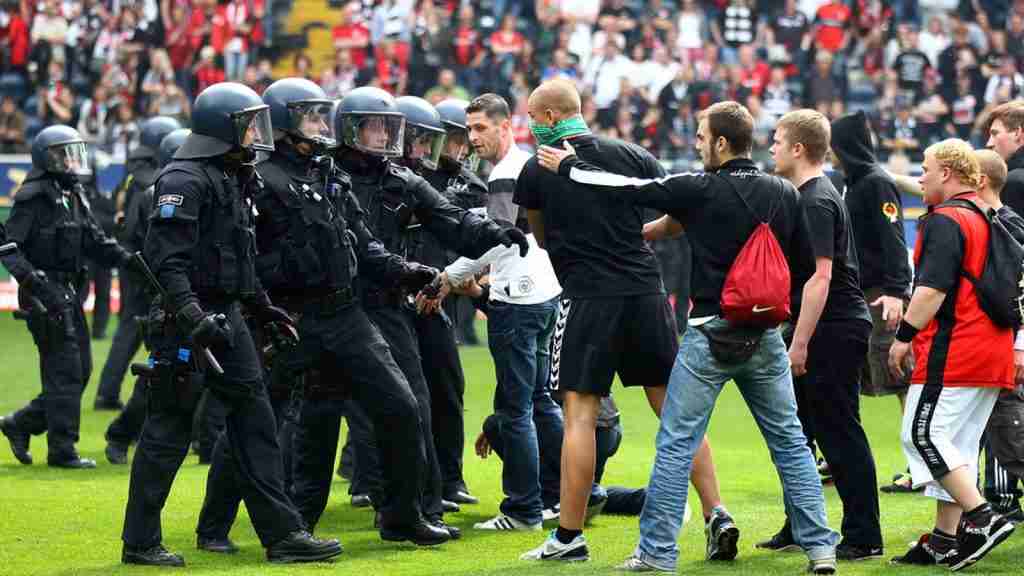What I love about following football is not limited to the physical sport itself. I also find the social, political and emotional facets of the sport fascinating. Franklin Foer covers these aspects in his book, How football explains the world, as part of a debate on globalization. While other reviewers compare this book to OverexcitementI think it’s much more like Football men; a collection of stories from different football societies in different countries.
Actually, How football explains the world is, in my opinion, a more effective book than Football men and some of the other books I’ve already reviewed. A common complaint in previous reviews was that the book attempted to cover too many topics. Football is a complex and historical sport, so many authors try to cram too much information into too short a book. This book only covers a few topics but manages to do so very effectively. Instead of discussing “hooliganism” as a general topic and citing five different examples from different countries and leagues, Foer only writes about one place. For example, he uses the story of the Red Star of Belgrade to address themes of nationalism, extremist politics, corruption, political assassinations and hooliganism. There is no need to call on other teams or leagues because we can take the situation and transpose it ourselves. It combines football and history to show that they are inseparable and that this intertwining is omnipresent throughout the world.
The book takes a highly researched approach to sport, but is written in engaging prose. It is evident that the author took eight months off to travel the world, personally visit the venues, attend the matches and interview those involved. For example, in the section on the Red Star of Belgrade, he manages to obtain an interview both with a leader of one of the Ultra clubs and also with Ceca, the widow of Arkan, a Serbian career criminal who is the focus of much of this chapter. He does the same for his chapters on the Old Business, the renaissance of Jewish football, and the history of Brazilian football (and corruption). I also appreciate that although this book is a bestseller and clearly aimed at the “general public”, it is not mind-numbing and oversimplified. It addresses some very serious issues in football in a very intelligent, yet readable way. It’s a good introduction to these topics and a great way to generate interest in the socio-economic underpinnings of the sport.
And of course, the final section of the book addresses a favorite topic of many authors and journalists: what about the United States? Foer does not attempt to formulate any theories or offer any suggestions as to why football is not the premier sport in the United States. It does, however, raise some interesting points. One topic that other books are reluctant to address is the group of people who actively hate football. It’s not about those who are ambivalent towards it or who don’t find it interesting, but rather those who have real influence and actively oppose it. For what? Baseball is not popular in England, but no one is lobbying against it. Here we have people like Jim Rome and Allen Barra, who believe that football is a threat to the “American way of life.”
Foer suggests that this is a xenophobic fear of globalization. Football is already globalized, with teams like Manchester United and Real Madrid becoming well-known global entities, as are the widely recognized brands of McDonald’s and Nike. Those who oppose it fear that once we adopt these global entities, we will begin to lose our national identity. The irony is that football is the touchstone of a culture war in the United States, just as it is in many other countries.
I really enjoyed reading this book. My only complaint is that the title is completely misleading. Nothing in the book describes how football explains the world. Otherwise, this is a well-written and enjoyable book to read.
Information taken from How football explains the world, by Franklin Foer; HarperCollins Publishers, 2004.
